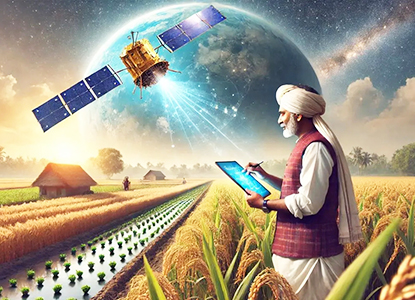
The Role of Satellite Systems in Expanding Indias Rural Broadcasting Reach
Access to quality broadcasting in Indias rural areas has historically been a challenge due to infrastructure limitations. Satellite systems are bridging this gap, providing reliable, wide-reaching communication and educational services.
- Bridging the Urban-Rural Divide: Satellite broadcasting connects remote villages with urban centers, delivering news, entertainment and educational content that was previously inaccessible.
- Cost-Effective Coverage: Deploying satellite systems is more economical than building terrestrial networks across difficult terrains, making it affordable to reach widespread rural populations.
- Educational Outreach: Satellites enable delivery of educational channels and e-learning programs, supporting government initiatives and improving literacy and skill development in rural communities.
- Agricultural Information Dissemination: Farmers receive real-time updates on weather, crop prices and farming techniques via satellite TV and radio, enhancing productivity and informed decision-making.
- Disaster Management and Emergency Alerts: Satellite systems provide timely warnings and broadcasting in disaster-prone rural areas, ensuring safety and rapid response during floods, cyclones or droughts.
- Support for Government Programs: Government schemes like Doordarshans rural channels use satellites to educate, inform, and engage rural audiences effectively across India.
- Entertainment Access in Remote Areas: Satellite TV and radio provide quality entertainment and cultural programming to rural audiences, promoting social inclusion and connectivity.








